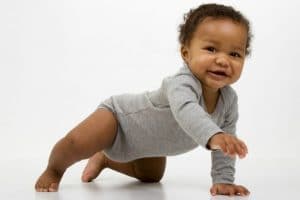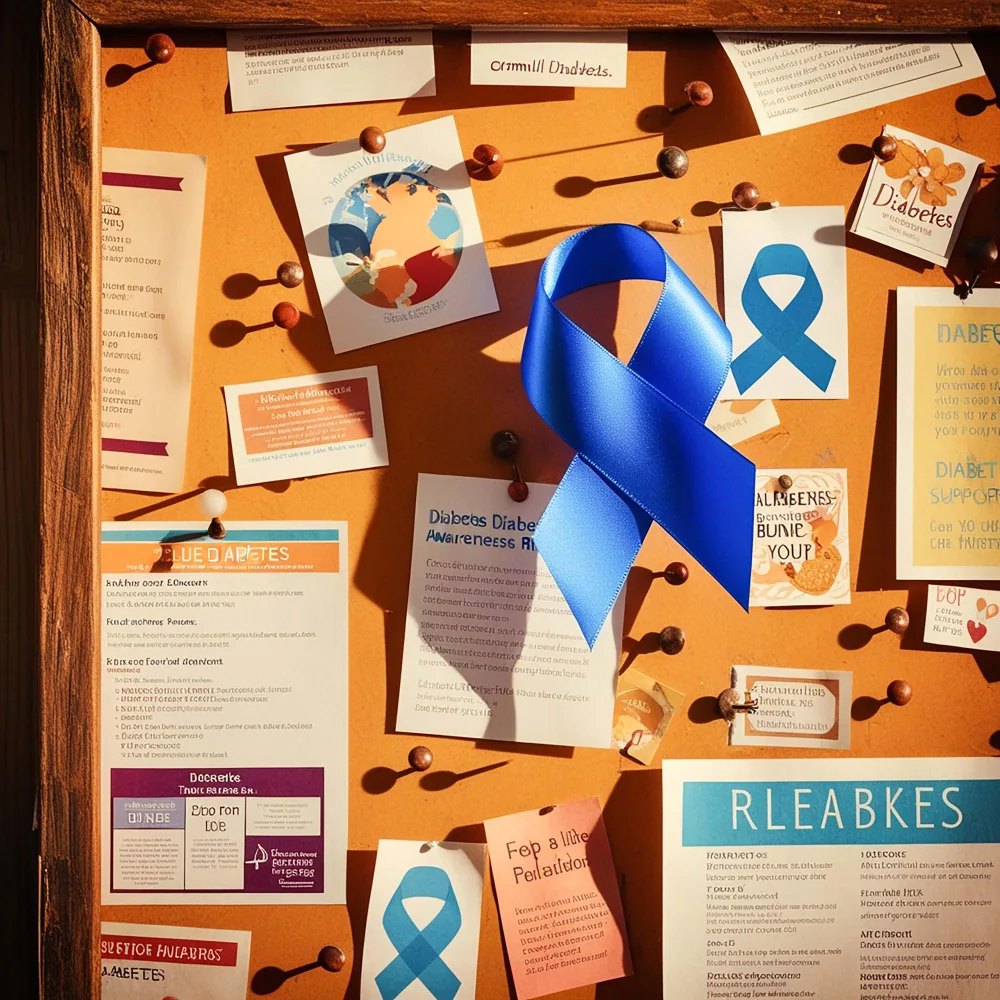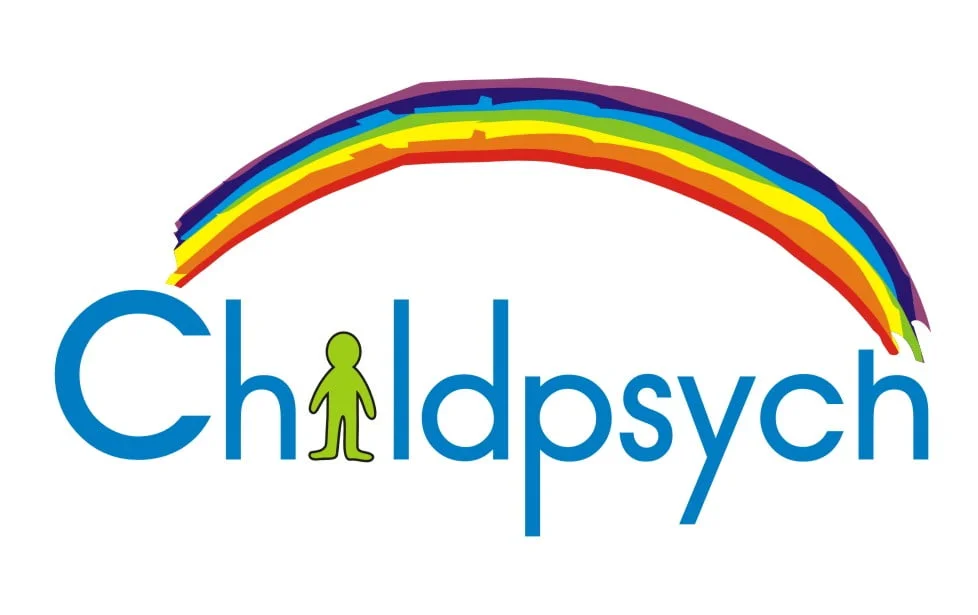 A vital part of my assessments includes establishing when a particular child achieved their developmental milestones (sitting, crawling, walking, talking, etc). And very often I come across cases where children simply went from sitting, to bum shuffling to walking and never crawled. Some parents see this as a sign of advanced development, but crawling is in fact a more difficult movement to accomplish than walking. It is an important developmental step and babies really should be encouraged to crawl. (Note: encouraged not forced).
A vital part of my assessments includes establishing when a particular child achieved their developmental milestones (sitting, crawling, walking, talking, etc). And very often I come across cases where children simply went from sitting, to bum shuffling to walking and never crawled. Some parents see this as a sign of advanced development, but crawling is in fact a more difficult movement to accomplish than walking. It is an important developmental step and babies really should be encouraged to crawl. (Note: encouraged not forced).
Crawling helps to strengthen the shoulder girdle which in turn means greater core strength and posture and might help prevent poor muscle tone. It encourages bi-lateral integration or crossing of the “midline” of the body which impacts on coordination and purposeful use of the two hemispheres of the brain.
While crawling, children are exposed to sensory input as they feel different textures such as carpeting, tiles, grass, etc on the skin – many children who develop tactile defensiveness in early childhood avoided crawling as babies. Climbing is often a precursor to crawling and is equally important as it requires independent movements of the limbs. Even though the climbing and crawling stage can be rather tiring for parents (not to mention plain scary when they crawl and climb onto objects from which they might fall) the developmental benefits are huge and well worth the work-out parents get during this “busy” phase.
The age at which children begin to crawl may vary greatly – but most babies begin to crawl between 6 to 9 months. Chat to your doctor or paediatrician if you child has not shown any interest in crawling or bottom shuffling by the age of 18 months.




